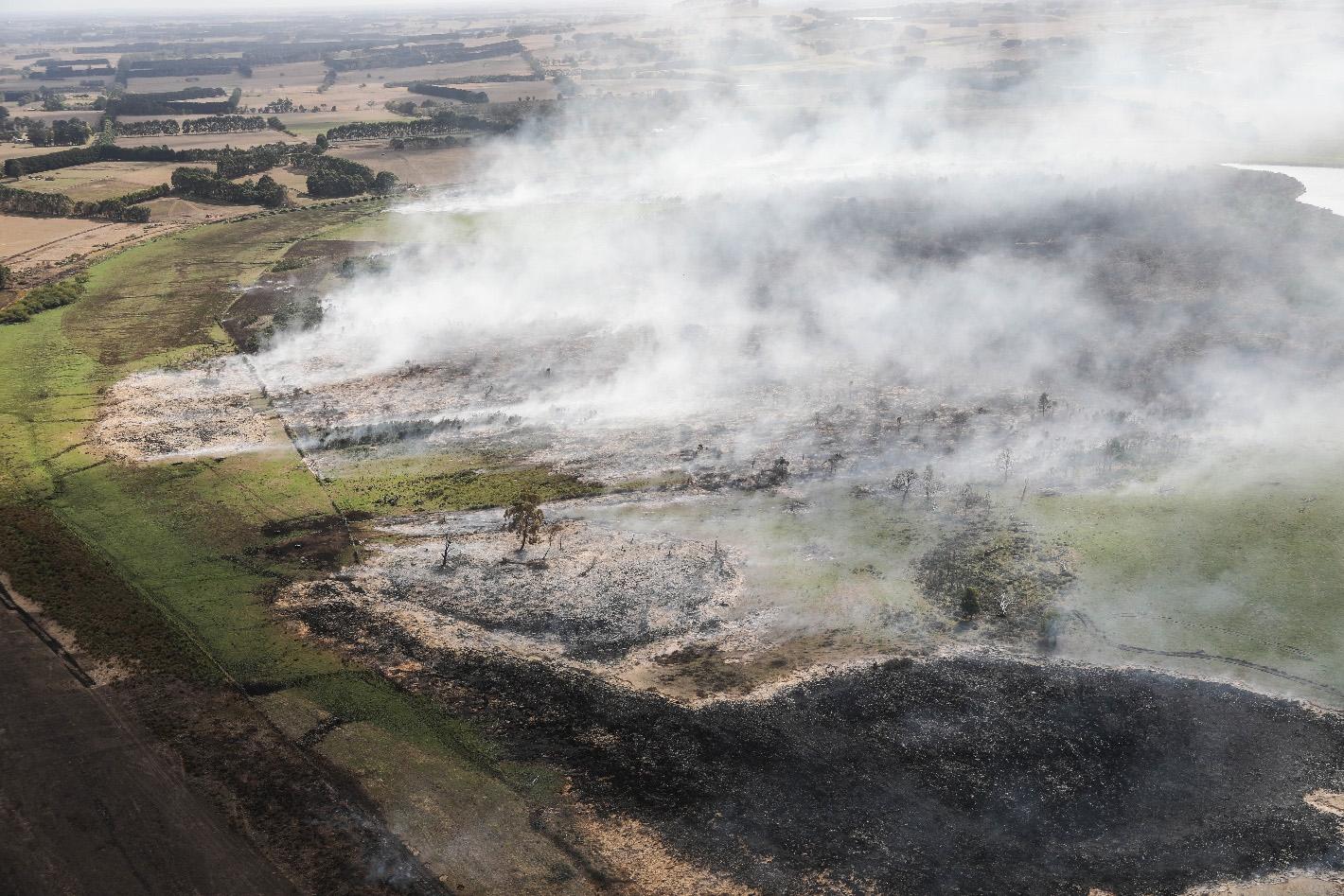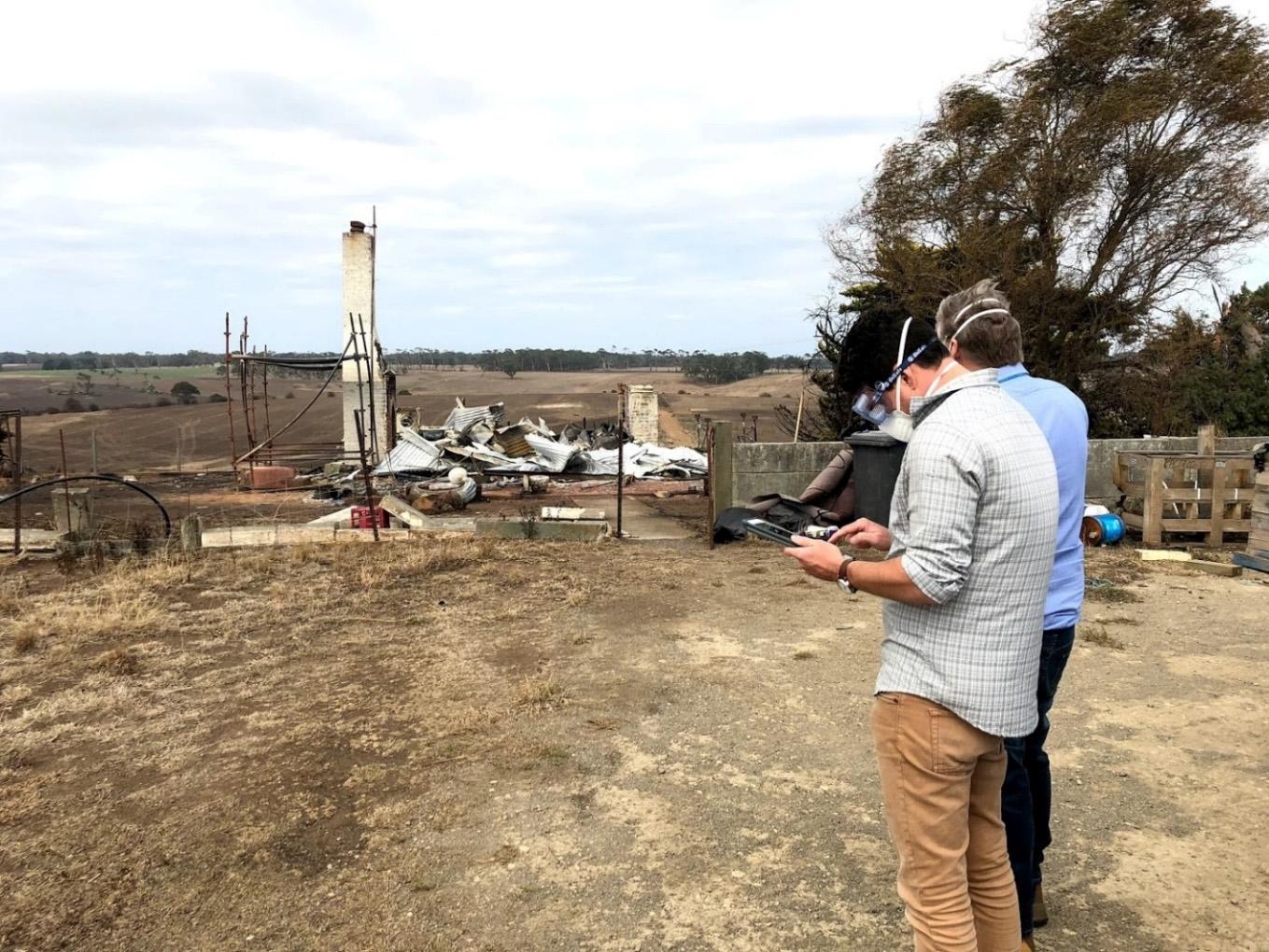Review of impact assessment and consequence management
47
3.5 Impact assessment data collection tools Finding 9 The Inspector-General for Emergency Management finds that there is significant work being conducted by Emergency Management Victoria to resolve impact assessment data collection, collation, coordination and communication challenges.
EMV are leading the EM-Impact Project that includes an overhaul of common data reporting procedures. The development of a centralised impact assessment portal is ongoing at the time of writing. Previously, organisations shared data through several online and in-person formats. This resulted in a devolved system of impact assessment reporting that took considerable time and resources to collate, and resulted in duplication and inconsistent data sharing across the sector. The centralised portal was originally designed for emergencies escalated to state level but can be used in other levels of escalation. The development of a centralised, integrated data portal will mitigate many of the issues identified through the course of the review. However, IGEM notes the importance of addressing the findings and recommendations related to clarity of purpose of impact assessment as a priority to guide further development of effective technological solutions. Stakeholders expressed almost unanimous support for a centralised impact assessment data portal, or a system where data collected by various organisations could be easily accessed in real-time and shared electronically. Queensland has a centralised portal and devices that can be shared across the sector to conduct impact assessment (see Box 5, p.48). Most of the organisations use different data collection and reporting tools which span from paper forms to sophisticated online platforms. Some organisations use platforms that allow them to work collaboratively with similar organisations. For example, the majority of LGAs use CrisisWorks, an online data collection platform which has recently expanded to allow collaboration across LGAs. MFB uses ARM360, Survey123 and has adopted a system called Fulcrum. These technologies are used in other jurisdictions, allowing MFB to work collaboratively across the country and internationally. The online platforms typically shared the following features: •
location mapping ability
•
image/video upload capacity
•
useable on portable device (for example, tablets, phones and laptops)
•
customisable data entry that can be changed according to emergency management needs.
In general, IGEM observed a future-focused approach to technology for impact assessment. Producers of impact assessment data discussed multiple strategies for using technology to improve impact assessment by making it more efficient, safer and accurate. Some of these strategies related to equipment (for example smart devices, new generation satellites and aerial observation systems). Other strategies related to communication and information sharing technology. During the South-West Fires, EMV trialled the updated centralised SIA portal to identify issues with the system. This required some double-handling of data for organisations and the system experienced some technical difficulties that made data reporting cumbersome. EMV facilitated several post-event debriefing activities [77-79]. The debrief which focused on impact assessment [79] identified problems with the trial and the system. Personnel responding to the South-West Fires also raised numerous issues related to the centralised SIA portal through the lessons management system EMV coordinates (EM-Share) which resulted in a lesson being formally drafted (LES0000014).






